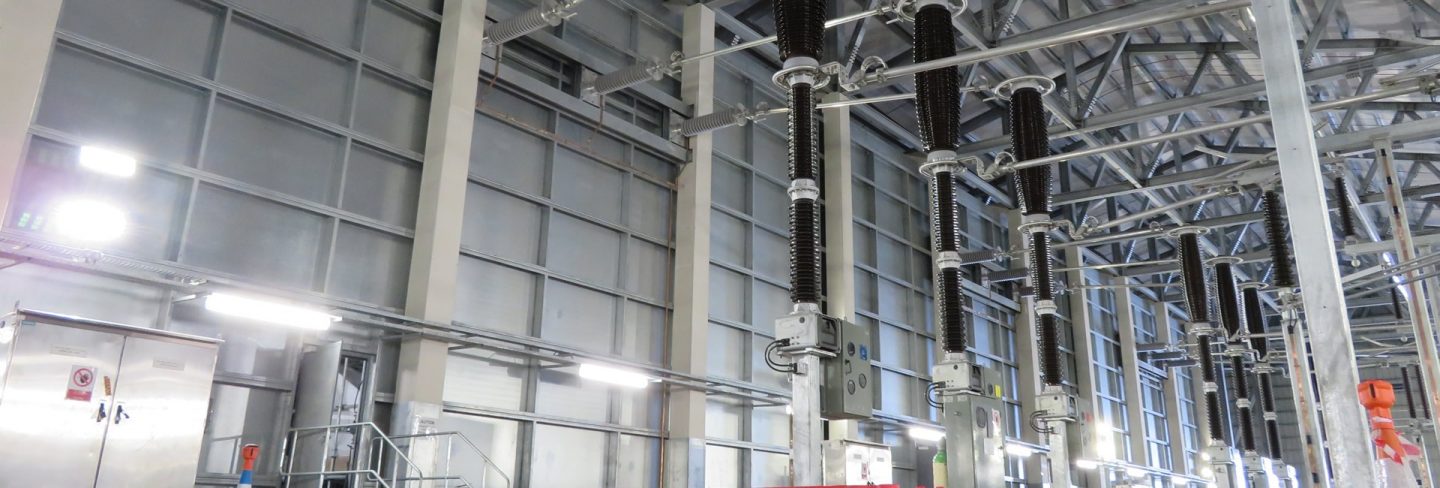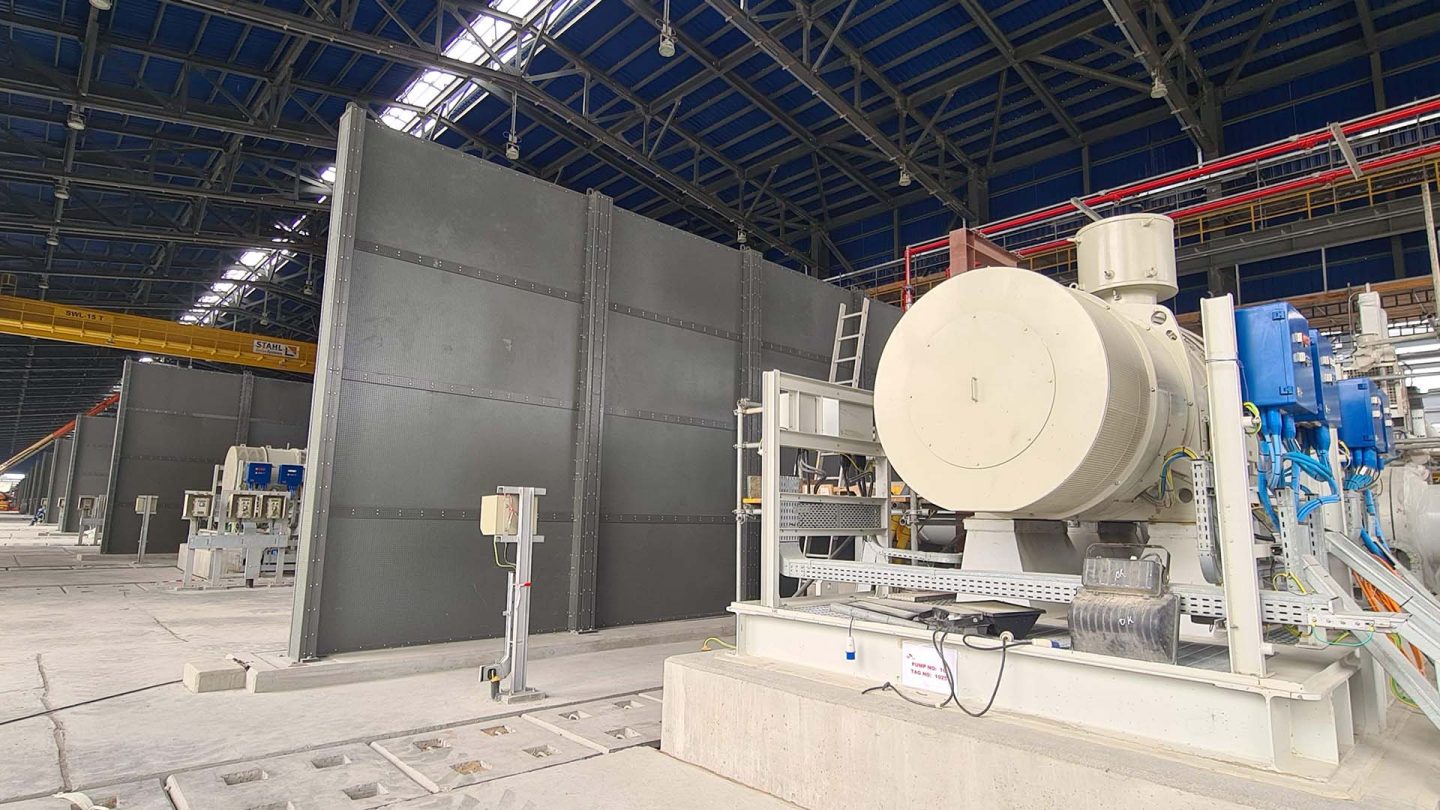For your information
You are being redirected to one of our divisional subsites which contains more detailed information on the required division. To navigate back to the main Invicta Group site, please click the link found in the footer at the bottom of the page.
- Durasteel
Discover the benefits of Durasteel
- Systems
Systems
- Expertise
Expertise
-
Applications
- Aircraft Hangar Fire Protection
- Battery Storage Facilities
- Building Fire Compartmentation
- Anti-Terrorist Blast Protection
- Cable Tunnel Fire Compartmentation
- Equipment Delivery Hatches
- Equipment Enclosures
- Heat Shields
- Power Station Fire Protection
- Metro and Rail Fire Protection
- High Voltage Cable Protection
- Substation Fire & Blast Protection
- Tunnel Fire Protection
- Oil & Gas Fire & Blast Protection
- Ventilation Systems
- Wind Farm Fire Protection
-
Applications
- Projects
- Insights
Insights
-
Articles
- Blast Protection System Design Considerations & Design Criteria
- How to Conduct a Fire Risk Assessment for Factories and Warehouses
- Minimising the Risk of Fire, Blasts & Explosions in the Middle East
- Integrity, Stability and Insulation in Passive Fire Protection
- Triangle of Fire & Active vs Passive Fire Protection
- Frequently Asked Questions
- A to Z of Terms
-
Articles
- Contact
Contact

UK +44 1843 220 256

US +1 305 328 9444

UAE +971 4 277 6225

Qatar +974 4441 4340

India +91 79945 14049

Malaysia +60 16 286 6225
- Start your project
Blast Protection System Design Considerations & Design Criteria
18th September 2019
Quick Quote
Contact Fraser Shearer Sarun Vysakham Ben Tan Anand Raghavan Anand Raghavan Our USA Office
To get a quotation or arrange a free site survey - Call Fraser Shearer Sarun Vysakham Ben Tan Anand Raghavan Anand Raghavan Our USA Office on
-
 UK
UK
-
 UAE
UAE
-
 Malaysia
Malaysia
-
 India
India
-
 Qatar
Qatar
-
 USA
USA
Current location:
Quick Quote
Contact Fraser Shearer Sarun Vysakham Ben Tan Anand Raghavan Anand Raghavan Our USA Office
-
 UK
UK
-
 UAE
UAE
-
 Malaysia
Malaysia
-
 India
India
-
 Qatar
Qatar
-
 USA
USA
Current location:
Blast protection and explosion protection are the terms used to describe the application of protection and defence systems against both intentional and unintentional explosions and blasts, including bombs.
BLAST PRESSURES IN OPEN AIR

The table below shows the blast effects of 0.45kg of high explosives detonating at varying distances.
| Distance from explosion (m) | psi (pound per square inch) | kN/m² |
| 7.6 | 2.2 | 15.2 |
| 3.0 | 10 | 70 |
| 1.5 | 49 | 344 |
| 0.6 | 315 | 2203 |
| 0.1 | 5626 | 39380 |
BLAST OVERPRESSURE COMPARISONS
The table below shows the typical resulting effects of varying blast forces.
| psi (pound per square inch) | kN/m² | Effect |
| 0.5 – 1 | 3.5 – 7 | Shatter glass |
| 1 – 2 | 7 – 14 | Shatter or buckle steel and aluminium panels |
| 2 – 3 | 14 – 21 | Shatter concrete block walls |
| 7 – 8 | 49 – 56 | Shear brick walls |
| 10 – 12 | 70 – 84 | Most buildings destroyed |
UNINTENTIONAL BLASTS AND EXPLOSION PROTECTION
Many modern day facilities present high risks of unintentional blasts or explosions occurring, in particular facilities housing high voltage power transformers and those that have highly combustible fuels and materials on-site. Common facilities that unintentional blasts and explosions occur in include:
- Power stations
- Petrochemical facilities
- Warehouses
- Off-shore platforms
- Airports
- Rail and metro stations
- Fuel storage facilities
It is essential that such facilities are sufficiently explosion and blast protected, in order to not only protect the personnel in these areas from injury and death, but also ensure that upon an explosion occurring, disruption and downtime is minimised.
Durasteel blast walls and transformer barriers provide exceptional blast protection.
INTENTIONAL BLAST PROTECTION / ANTI-TERRORIST PROTECTION
Devastatingly high explosive attacks by terrorist organisations have become very common around the world in recent years. Such blast and explosive attacks on public places are not only designed to cause severe injury to people, but also shock and disruption to the economy. Therefore sufficient blast protection of such facilities is paramount.
Common terrorist targets include:
- Public buildings
- Public areas containing large numbers of people
- Government buildings
- Embassies
- Defence establishments
- Transport infrastructure
- Supplies of water and fuel
- Financial districts
Estimated losses for the World Trade Centre terrorist attacks in the USA in 2001 were as follows:
- Business interruption – £7.2bn
- World Trade Centre property – £2.3bn
- Aviation liability – £2.3bn
- All other liabilities – £6.6bn
- All other property – £3.9bn
- Life – £1.7bn
- Worker compensation – £1.3bn
- Event cancellation – £0.7bn
- Aviation hull – £0.3bn
- Total estimated losses – £27bn
THE 3 KEY EFFECTS OF EXPLOSIONS
BLAST “PRESSURE” EFFECT
- Positive pressure phase
- Negative pressure phase
FRAGMENTATION “SHRAPNEL” EFFECT
- Detonation inside a casing (metal, wood, etc.)
- Fragments projected outwards
INCENDIARY “FIRE” EFFECT
- During an explosion, intense heat is released and any combustible material in the area will ignite
CLASSIFICATION OF EXPLOSIVES
HIGH EXPLOSIVE
Velocity of detonation is greater than 3,000 feet per second
- Dynamite – 12,000 feet per second
- C4 plastic explosive – 28,000 feet per second
LOW EXPLOSIVE
Velocity of detonation is less than 3,000 feet per second
- Black powder – 1,200 feet per second
- Smokeless powder – 1,000 feet per second
To learn more about how your business should be protected against blasts and explosions, please get in touch with a member of our team today – we’d be happy to help.
Accreditations & Affiliations











SpecUp - System Specification Wizard
Answer the 5 short questions below to receive your recommended Durasteel system specifications. Hover over the ? icons for a brief explanation.
Question 1/5
Type of system required?
Question 2/5
Fire rating required?
Question 3/5
Fire integrity-only or integrity and insulation?
Question 4/5
Fire attack risk from one side or both sides of the system?
Question 5/5
Blast rating required in addition to fire rating?
Creating your results page
Thanks for completing the SpecUp, you’ll be redirected to your results shortly.
Click here if you aren't redirected after a few secondsStart your project
Tell us about your project. Please complete this form. One of our sales team will come back to you with more details. If you prefer, you can drop us an email.




Share/Like this page